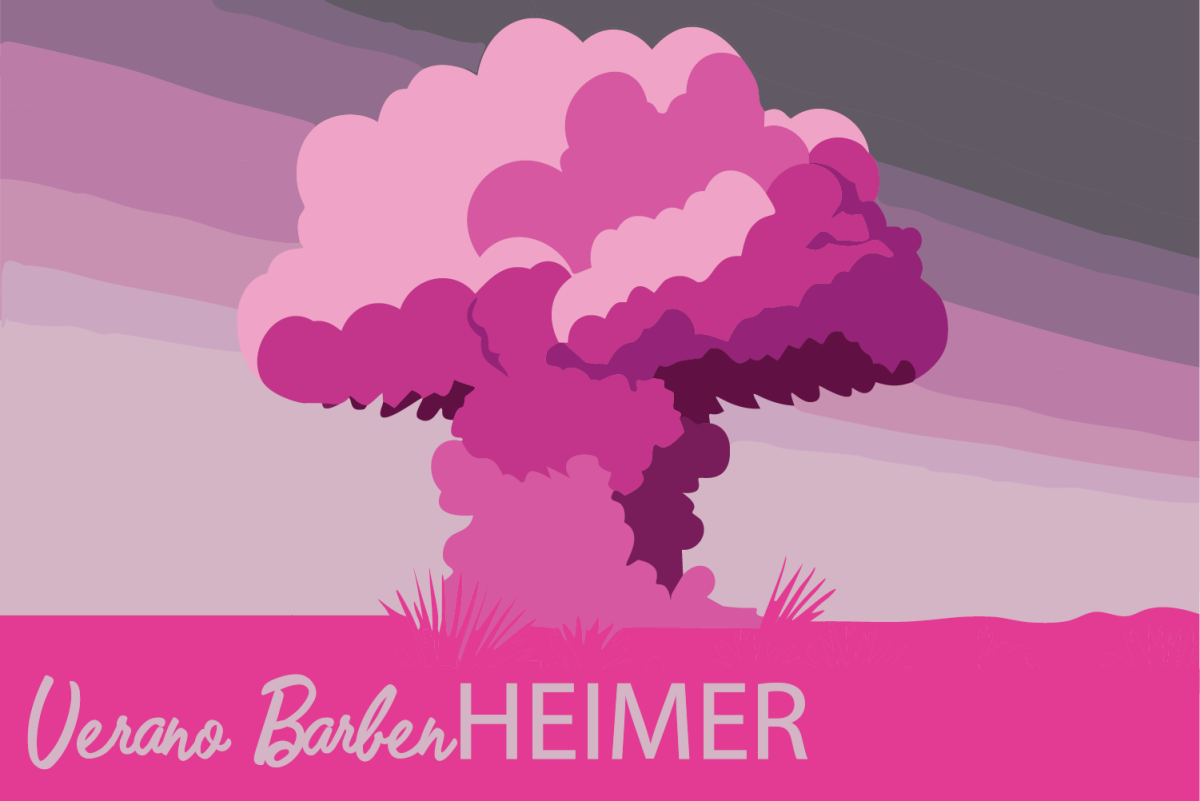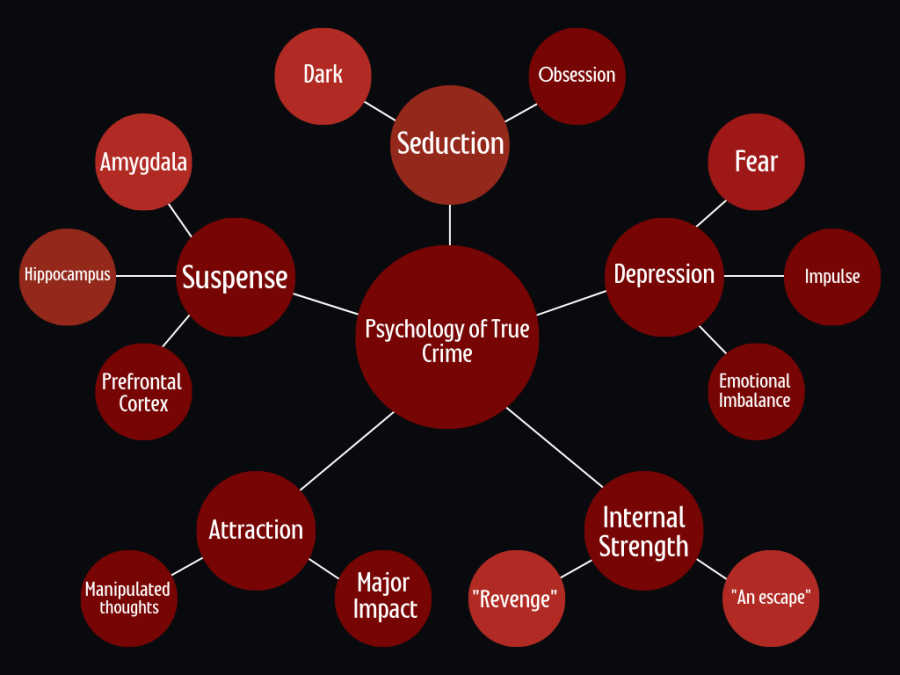True crime is a genre in entertainment where people talk about crimes that actually happened and where hosts can discuss their opinions, and knowledge with listeners.
61% of the true crime audience are women. Many people say that the reason women show more interest than men is not just because of curiosity, but to mentally prepare themselves for the possibility of them being a victim.
People may listen to true crime podcasts for various different reasons. It could be because it’s just what they enjoy, or because they are interested in hearing about the inhumane things that criminals have done. It allows some people to gain a visual or a better understanding of what happened within the crime that is being discussed. A large share of people have said that the genre is graphic and disturbing, but even more people say that it is exciting and suspenseful.
Some people may consume true crime in other ways besides podcasts such as TV shows, movies and books. Either way, true crime always finds its way to be popular, as it makes up for 50% of the top ten most listened to podcasts.
One in three Americans say that they consume true crime content at least one time a week; one in four Americans say that they consume it multiple times per week. The most popular ways true crime is consumed is by TV shows and films.
The true crime genre popularized in 1966, when author Truman Capote released a book called In Cold Blood. The book was about four members of the Clutter family that were murdered in Holcolm, Kansas in 1959. Capote learned about the murders and decided he wanted to travel to Kansas to interview residents and investigators that were assigned to the case. Perry Smith and Richard Hickock were arrested six weeks after the murders, and later executed by the state of Kansas. Capote spent 6 years working on the book, which became the second-best-selling true crime book in all of history.
A closely related genre of true crime is horror. One may consume horror to experience stimulation. Exposure to terrifying acts, or even the anticipation of those acts, can stimulate us. Horror often stimulates a ‘fight or flight’ response that boosts adrenaline, endorphins and dopamine. Knowledge of personal safety is often what allows people to continue to consume scary content.
Categories:
Knives… blood… masks… No, this isn’t Halloween, it’s true crime
0
Donate to The Tiger's Eye
$10
$1000
Contributed
Our Goal
Your donation will support the student journalists of Fremont High School. Your contribution will allow us to purchase equipment and cover our annual website hosting costs.

















